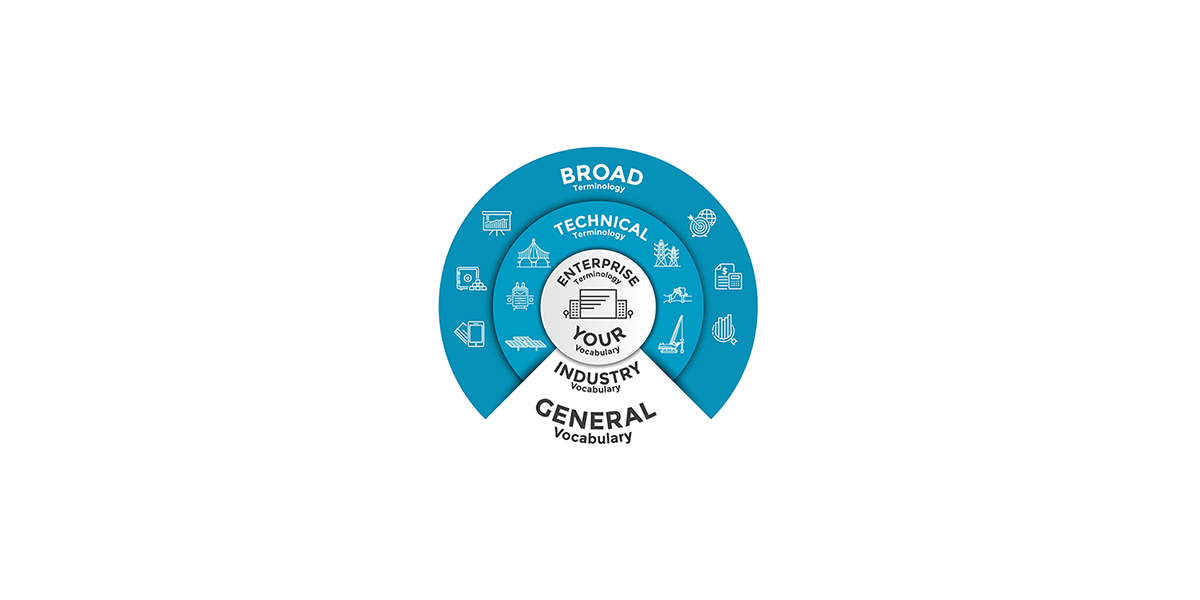
The differences between French and Canadian French when translating professional documents
In the spoken form, the distinction between European and Canadian French is quite obvious: the accent is different, the tonal accent is not always the same, the vocabulary can vary widely… It goes without saying that a lot of these differences disappear in the written form, especially in more formal documents, as these tend to conform more to the (often elusive, to be honest) concept of an “international French”.
But some, perhaps subtler, differences remain. While they are too numerous to all be listed in a blog post, here are a few examples that convey the general idea and fascinating topic of a single language that evolved differently, and especially incorporated its English influences differently.
The general tone in written documents
While this is not a matter of syntax or terminology, it should first be noted that the tone of Canadian French and European French documents can sometimes be quite different.
In general, and even in professional and technical documents, Canadian French tends to be less formal. Fewer formal greetings and polite forms can safely be used, sentences tend to be shorter and more to the point, while the passive voice is less frequently used. The two latter examples can be viewed as direct semantic “borrowing” from the English language.
In Canadian/Quebec French, the 2nd person singular (“tu”), i.e. the less formal form of “vous”, is more widely used, even in written form. This is not considered impolite but rather friendlier and less hierarchical.
The business realm
While Canadian French will sometimes tend to integrate its English influence indirectly into the language (for instance by making more literal translations or conjugating English verbs with usual French endings), European French will often incorporate and keep anglicisms as is.
The first example speaks volume: the French will often refer to “du business” for, well, obviously, conducting any type of business act, but also to commerce in general. In Canada, “les affaires” is very well established.
A “meeting” will retain its English verbiage in France, but will become “une réunion” in Canada.
“Planning” in France will be more likely translated as “planification” in Canada.
“Sponsor/ing” in France would rather be “commandite and commanditer” for French Canadians.
“Deadline” for European French speakers would probably better accepted as “échéancier” in Canada.
“Team” or “teamwork” will be more accepted in France, while French Canadians will refer to “équipe” or “travail d’équipe”.
Meanwhile, some English terms are interchangeably used in both locations, such as “briefing,” “brainstorming”, “pitch” and “audit”.
Technology Terms
There is a general will in Quebec to find French translations for neologisms or technology terms, as The Office de la Langue Française tries really hard to come up with and promote alternatives to English terms. While some stick and some do not, this constitutes a major difference between French and Canadian French in professional and technical documents. In contrast, European French usually adopts the English term as is (or nearly so, see “email” below).
A few examples:
For the English word email, the French will generally use “mail” but in Quebec the term “courriel” (which is short for courrier électronique or e(lectronic) mail) is appropriate.
In Quebec/Canada, “podcast” will become “baladodiffusion”.
“Cloud computing” becomes “infonuagique” in Canadian French.
“Spam” is widely used in France, but rather becomes “pourriel” in Canada.
However, this does not apply to all technology terms. A cell phone, for instance, will be translated more literally as “cellulaire” in Canada, but rather as “portable” in France. But “un portable,” in Canadian French, rather refers to a laptop computer.
Expressing time
Different moments of the day have different translations between the continents.
The morning, meaning the period before noon, will be translated as such in Canadian French, “avant-midi”, while in France, the correct term is “matinée”.
Similarly, mealtimes can be a little confusing! The differences persist because Canadian French kept the usage of meal time terms prevalent in France during the Renaissance.
Breakfast is “petit déjeuner” in France and “déjeuner” in Canada.
Lunch is “déjeuner” in France and “dîner” in Canada.
Dinner is “dîner” in France and “souper” in Canada.
“Le week-end” in France would become “la fin de semaine” in Canada.
Languages are in constant evolution and this can happen very differently from one geographical point to another, depending on day-to-day-realities, surroundings, mentalities and even legislations. The French language as it is now used in Europe or North America is a very interesting example of that, and we have only broached the subject!



